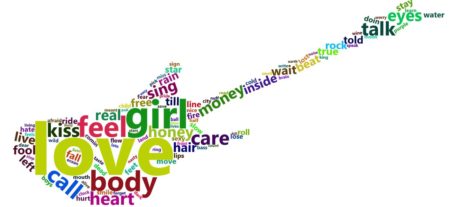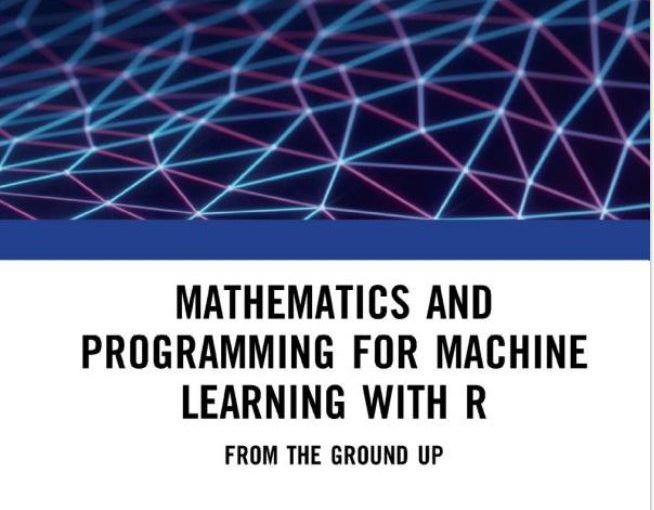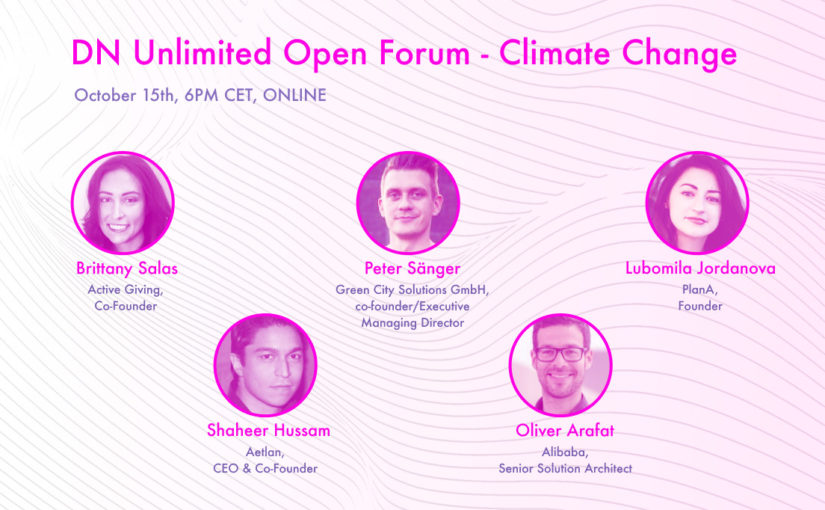Mathematics and Programming for Machine Learning with R -Chapter 2 Logic
Have a look at the FREE attached pdf of Chapter 2 on Logic and R from my recently published textbook,
Mathematics and Programming for Machine Learning with R: From the Ground Up, by William B. Claster (Author)
~430 pages, over 400 exercises.Mathematics and Programming for Machine Learning with R -Chapter 2 Logic
We discuss how to code machine learning algorithms in R but start from scratch. The first 4 chapters cover Logic, Sets, Probability, Functions. I am sharing Chapter 2 here on Logic and R here and will also probably release chapters 9 and 10 on Math for Neural Networks shortly. The text is on sale at Amazon here:
https://www.amazon.com/Mathematics-Programming-Machine-Learning-R-dp-0367507854/dp/0367507854/ref=mt_other?_encoding=UTF8&me=&qid=1623663440
I will try to add an errata page as well.
Tag: Machine Learning
Climate Change & AI for GOOD | Online Open Forum Oct 15th
Join Data Natives for a discussion on how to curb Climate Change and better protect our environment for the next generation. Get inspired by innovative solutions which use data, machine learning and AI technologies for GOOD. Lubomila Jordanova, Founder of Plan A, and featured speaker, explains that “the IT sector will use up to 51% of the global energy output in 2030. Let’s adjust the digital industry and use Data for Climate Action, because carbon reduction is key to making companies future-proof.” When used carefully, AI can help us solve some of the most serious challenges. However, key to that success is measuring impact with the right methods, mindsets, and metrics.
The founders of startups that developed innovative solutions to combat humanity’s biggest challenge, will share their experiences and thoughts: Brittany Salas (Co-Founder at Active Giving) | Peter Sänger (Co-Founder/Executive Managing Director at Green City Solutions GmbH) | Shaheer Hussam (CEO & Co-Founder at Aetlan) | Lubomila Jordanova (Founder at Plan A) | Oliver Arafat (Alibaba Cloud’s Senior Solution Architect)
Details
What? Climate Change & AI for GOOD | DN Unlimited Open Forum powered by Alibaba Cloud
When? October 15th at 6 PM CET
Where? Online, worldwide
Register for FREE here: https://datanatives.io/climate-change-ai-for-good-open-forum/
Details
What? Climate Change & AI for GOOD | DN Unlimited Open Forum powered by Alibaba Cloud
When? October 15th at 6 PM CET
Where? Online, worldwide
Register for FREE here: https://datanatives.io/climate-change-ai-for-good-open-forum/
Does imputing model labels using the model predictions can improve it’s performance?
In some scenarios a data scientist may want to train a model for which there exists an abundance of observations, but only a small fraction of is labeled, making the sample size available to train the model rather small. Although there’s plenty of literature on the subject (e.g. “Active learning”, “Semi-supervised learning” etc) one may be tempted (maybe due to fast approaching deadlines) to train a model with the labelled data and use it to impute the missing labels.
While for some the above suggestion might seem simply incorrect, I have encountered such suggestions on several occasions and had a hard time refuting them. To make sure it wasn’t just the type of places I work at I went and asked around in 2 Israeli (sorry non Hebrew readers) machine learning oriented Facebook groups about their opinion: Machine & Deep learning Israel and Statistics and probability group. While many were referring me to methods discussed in the literature, almost no one indicated the proposed method was utterly wrong.
I decided to perform a simulation study to get a definitive answer once and for all. If you’re interested in reading what were the results see my analysis on Github.
Lyric Analysis with NLP and Machine Learning using R: Part One – Text Mining
June 22
By Debbie Liske
This is Part One of a three part tutorial series originally published on the DataCamp online learning platform in which you will use R to perform a variety of analytic tasks on a case study of musical lyrics by the legendary artist, Prince. The three tutorials cover the following:
Musical lyrics may represent an artist’s perspective, but popular songs reveal what society wants to hear. Lyric analysis is no easy task. Because it is often structured so differently than prose, it requires caution with assumptions and a uniquely discriminant choice of analytic techniques. Musical lyrics permeate our lives and influence our thoughts with subtle ubiquity. The concept of Predictive Lyrics is beginning to buzz and is more prevalent as a subject of research papers and graduate theses. This case study will just touch on a few pieces of this emerging subject.

Prince: The Artist
To celebrate the inspiring and diverse body of work left behind by Prince, you will explore the sometimes obvious, but often hidden, messages in his lyrics. However, you don’t have to like Prince’s music to appreciate the influence he had on the development of many genres globally. Rolling Stone magazine listed Prince as the 18th best songwriter of all time, just behind the likes of Bob Dylan, John Lennon, Paul Simon, Joni Mitchell and Stevie Wonder. Lyric analysis is slowly finding its way into data science communities as the possibility of predicting “Hit Songs” approaches reality.
Check out the article here!

(reprint by permission of DataCamp online learning platform)
By Debbie Liske
This is Part One of a three part tutorial series originally published on the DataCamp online learning platform in which you will use R to perform a variety of analytic tasks on a case study of musical lyrics by the legendary artist, Prince. The three tutorials cover the following:
- Part One: Text Mining and Exploratory Analysis (beginner)
- Part Two: Sentiment Analysis and Topic Modeling with NLP (intermediate)
- Part Three: Predictive Analytics using Machine Learning (intermediate -advanced)
Musical lyrics may represent an artist’s perspective, but popular songs reveal what society wants to hear. Lyric analysis is no easy task. Because it is often structured so differently than prose, it requires caution with assumptions and a uniquely discriminant choice of analytic techniques. Musical lyrics permeate our lives and influence our thoughts with subtle ubiquity. The concept of Predictive Lyrics is beginning to buzz and is more prevalent as a subject of research papers and graduate theses. This case study will just touch on a few pieces of this emerging subject.

Prince: The Artist
To celebrate the inspiring and diverse body of work left behind by Prince, you will explore the sometimes obvious, but often hidden, messages in his lyrics. However, you don’t have to like Prince’s music to appreciate the influence he had on the development of many genres globally. Rolling Stone magazine listed Prince as the 18th best songwriter of all time, just behind the likes of Bob Dylan, John Lennon, Paul Simon, Joni Mitchell and Stevie Wonder. Lyric analysis is slowly finding its way into data science communities as the possibility of predicting “Hit Songs” approaches reality.
Prince was a man bursting with music – a wildly prolific songwriter, a virtuoso on guitars, keyboards and drums and a master architect of funk, rock, R&B and pop, even as his music defied genres. – Jon Pareles (NY Times)In this tutorial, Part One of the series, you’ll utilize text mining techniques on a set of lyrics using the tidy text framework. Tidy datasets have a specific structure in which each variable is a column, each observation is a row, and each type of observational unit is a table. After cleaning and conditioning the dataset, you will create descriptive statistics and exploratory visualizations while looking at different aspects of Prince’s lyrics.
Check out the article here!

(reprint by permission of DataCamp online learning platform)

